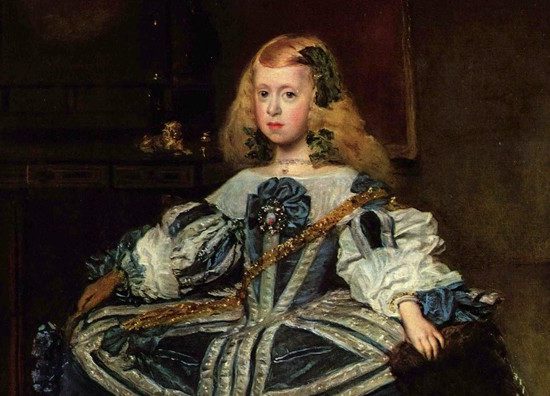Diego Velázquez graces the Grand Palais in Paris with an assembly of powerful and important portraits (see New Scholarship Points to Secret Symbolism in Velázquez Paintings).
Though the exhibition spotlights the Spanish master, works by his mentor, Francisco Pacheco, and other “Velazquenos,” including sculptors Alonso Cano and Juan Martinez Montañés, are also on display illustrating a panorama of artistic practices in Andalusia at the beginning of the 17th century. The official painter to King Philip IV, Velázquez spent his formative years in Seville before moving to Madrid in 1620.
Other notable “Velazquenos” whose work is on view are Pietro Martire Neri, Juan de Pareja and Carreño de Miranda. De Miranda would eventually go on to follow the Veneto-Flemish school of Van Dyck, Velázquez’s more accessible contemporary.
The show also showcases recently discovered Velázquez works like The Education of the Virgin and Portrait de l’inquisiteur Sebastian de Huerta. The former languished for nearly a century in a Yale storeroom (see Early Velazquez Masterpiece Rescued from Yale Basement). After a stay at Madrid’s Sala de Arte of the Fundación Banco Santander and Seville’s Espacio Santa Clara, The Education of the Virgin will be at the Grand Palais until July.
Produced by RMN-Grand Palais, in conjunction with the Louvre and the Kunsthistorisches Museum in Vienna, the exhibition concludes with a selection of works by one of Velázquez’s most loyal disciples, Juan Bautista Martinez del Mazo.
“Velázquez” is on view at the Grand Palais until July 13.
